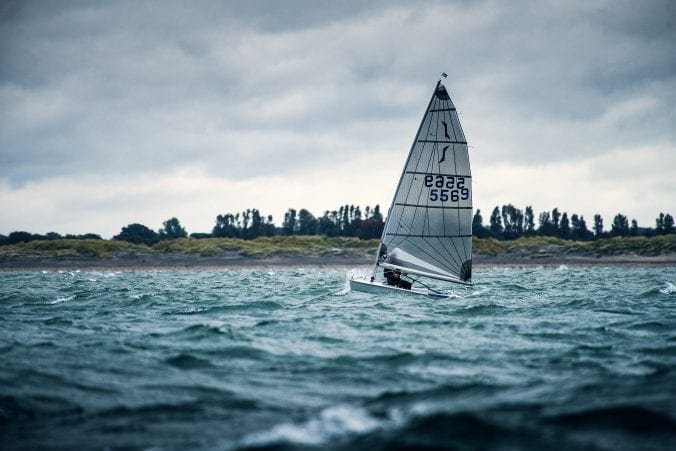Ailsa Harvey
Fleet Racing is the most common form of competitive sailing. This form of racing comes in two formats; one-design racing and handicap racing. One-design races involve boats of the same design while handicap competitions allow for different types of boats in the same race. To ensure the result is fair, the slower boats begin the race before the faster models. Alternatively, the boats are all given a rating and these ratings are used in calculating the final result instead of the time alone.
In comparison to match racing, fleet racing involves fewer technical and strategic considerations as the main factor for success is the speed of sailing.
Did you know…
– Ben Ainslie is the most decorated sailor in Olympic history, winning a gold medal at the games three times.
– There is no cash prize for winning the Volvo Ocean Race around the world. Competitors take great pride in their accomplishments and race for the glory of the title.
– Girls as young as 16 have sailed around the world by themselves. Among these are Jessica Watson from Australia and Laura Dekker from Holland. They both completed their sails singlehandedly and Watson made no stops in her journey.
Have you ever taken part in a sailing race? PACE News are keen to hear from you!



Leave a Reply